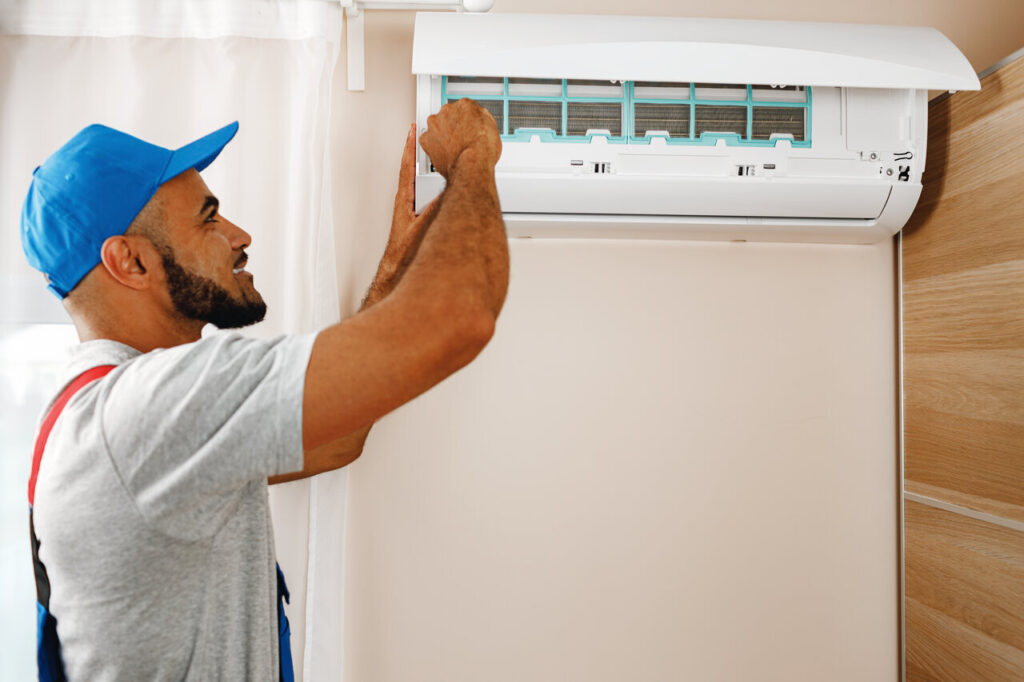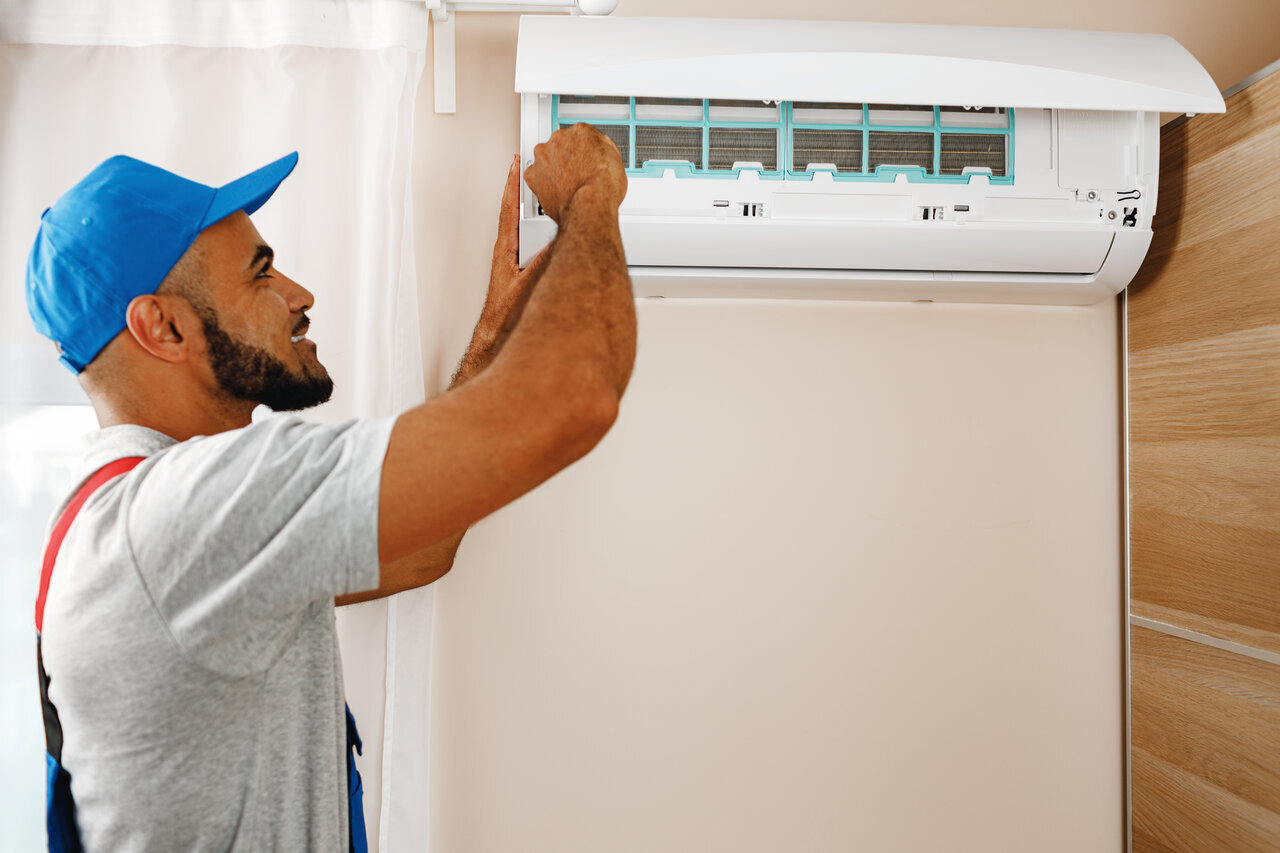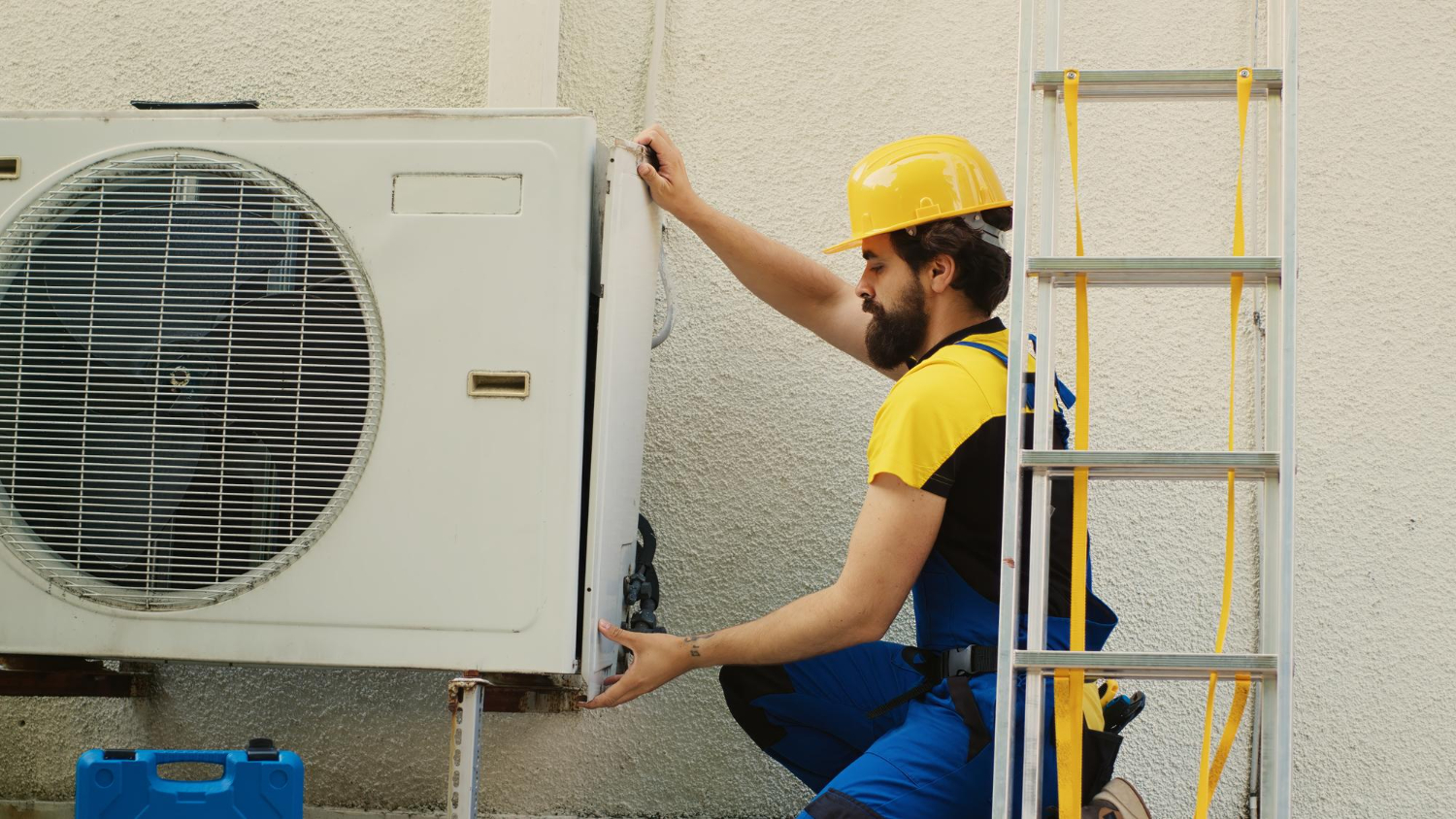Providing year-round comfort in your home requires an effective and efficient HVAC solution. Mini split systems have become a popular choice for homeowners seeking an alternative to traditional central heating and cooling systems. These ductless systems offer superior flexibility and control, making them an excellent option for various home layouts and needs.
Overview of Mini Split Systems
Mini split systems, also known as ductless systems, offer an efficient solution for heating and cooling homes. These systems consist of two main components: an outdoor compressor unit and one or more indoor air-handling units. Unlike traditional HVAC systems that require extensive ductwork, mini splits deliver conditioned air directly into different rooms or zones.
The outdoor unit compresses and cycles refrigerant, which is then transported to the indoor units via a conduit. This conduit houses the refrigerant tubing, power cable, and a condensate drain. Inside the home, the air-handling units can be installed in various locations, such as on walls, ceilings, or floors, providing flexibility in placement. This setup allows for individualized temperature control in different rooms, enhancing comfort and efficiency.
By eliminating the need for ducts, mini split systems reduce the energy losses often associated with ducted systems. This direct delivery method ensures that most of the energy produced is utilized effectively, lowering overall energy consumption and increasing cost savings. Understanding how mini split systems function is a key step in appreciating their advantages and making an informed decision for home comfort solutions.
Components of a Mini Split System
A mini split system comprises several key components, each playing a crucial role in the heating and cooling process:
1. Outdoor Unit (Compressor/Condenser): The outdoor unit houses the compressor and condenser. It is responsible for compressing the refrigerant and expelling heat absorbed from the indoor air to the outside environment.
2. Indoor Air-Handling Units: These units are installed inside the home and deliver conditioned air directly to specific rooms or zones. Each unit has a fan and an evaporator coil, which helps in transferring heat between the air and the refrigerant.
3. Refrigerant Tubing: This tubing connects the indoor units to the outdoor unit. It carries the refrigerant between the compressor and the air-handling units, facilitating the transfer of heat.
4. Power Cable: The power cable supplies electricity to the indoor units and the outdoor unit, enabling their operation.
5. Condensate Drain Line: This line removes the condensation that builds up in the indoor units during the cooling process. Proper drainage ensures the system runs efficiently and prevents water damage.
6. Remote Control/Thermostat: Each indoor unit can be controlled individually using a remote control or thermostat. This feature allows for precise temperature adjustments in different zones, providing personalized comfort.
By understanding the roles of these components, homeowners can better grasp how mini split systems operate and the benefits they offer in terms of flexibility and efficiency.
How Mini Split Systems Provide Cooling and Heating
Mini split systems are versatile and provide both cooling and heating to maintain a comfortable indoor environment year-round. The cooling process begins when the indoor unit absorbs heat from the room’s air through the evaporator coil. The refrigerant, which circulates through the coil, absorbs this heat and transports it to the outdoor unit. Here, the heat is expelled, and the refrigerant is cooled before returning to the indoor unit to continue the cycle. The fan in the indoor unit helps distribute the cooled air throughout the room, effectively lowering the temperature.
In the heating mode, the process works in reverse. The outdoor unit absorbs heat from the outside air, even in colder temperatures, and the refrigerant carries this heat to the indoor unit. The heat is then released through the evaporator coil inside the home, warming the air. The fan in the indoor unit circulates the warm air, ensuring even distribution throughout the space. This method is highly efficient, as it moves heat rather than generating it from a fuel source.
By using a reversible heat pump mechanism, mini split systems can seamlessly switch between cooling and heating modes. This flexibility makes them an ideal solution for maintaining a comfortable home environment across different seasons.
Advantages Over Traditional HVAC Systems
Mini split systems offer numerous benefits compared to traditional HVAC systems, making them an increasingly popular choice for homeowners. Some of the key advantages include:
1. Energy Efficiency: Mini split systems are highly efficient due to the absence of ductwork, which often accounts for energy losses in traditional systems. This means more of the energy is used to cool or heat the home directly.
2. Zoned Comfort: With mini splits, you can control the temperature of individual rooms or zones separately. This zoned heating and cooling lead to personalized comfort and energy savings by only conditioning the spaces that are in use.
3. Flexible Installation: Mini splits require much less invasive installation compared to traditional systems. Without the need for ductwork, these systems are ideal for older homes, home additions, or spaces where adding ducts is impractical.
4. Quiet Operation: The indoor units of mini splits operate quietly, making them suitable for bedrooms, offices, and other areas where noise can be a disturbance.
5. Improved Indoor Air Quality: Mini split systems often come with advanced filtration options that help to remove dust, allergens, and other particles from the air, contributing to a healthier indoor environment.
6. Low Maintenance: Because there is no ductwork that can accumulate dust and debris, mini splits generally require less maintenance. The primary focus is on keeping the indoor and outdoor units clean and ensuring the refrigerant levels are optimal.
7. Cost Savings: Over time, the energy efficiency and potential for reduced utility bills can offset the initial investment in a mini split system, making it a cost-effective choice in the long run.
Conclusion
Mini split systems offer a robust solution for both cooling and heating needs in residential spaces. Their efficient operation, flexible installation options, and personalized comfort control make them an ideal choice for many homeowners. Understanding how these systems function and their numerous advantages helps in making informed decisions about upgrading or installing new HVAC solutions.
If you are considering a mini split system in Oroville for your home, reach out to the experts at Feather River Aire, Inc. Our professionals are ready to help you find the perfect system to ensure your year-round comfort and energy savings.








